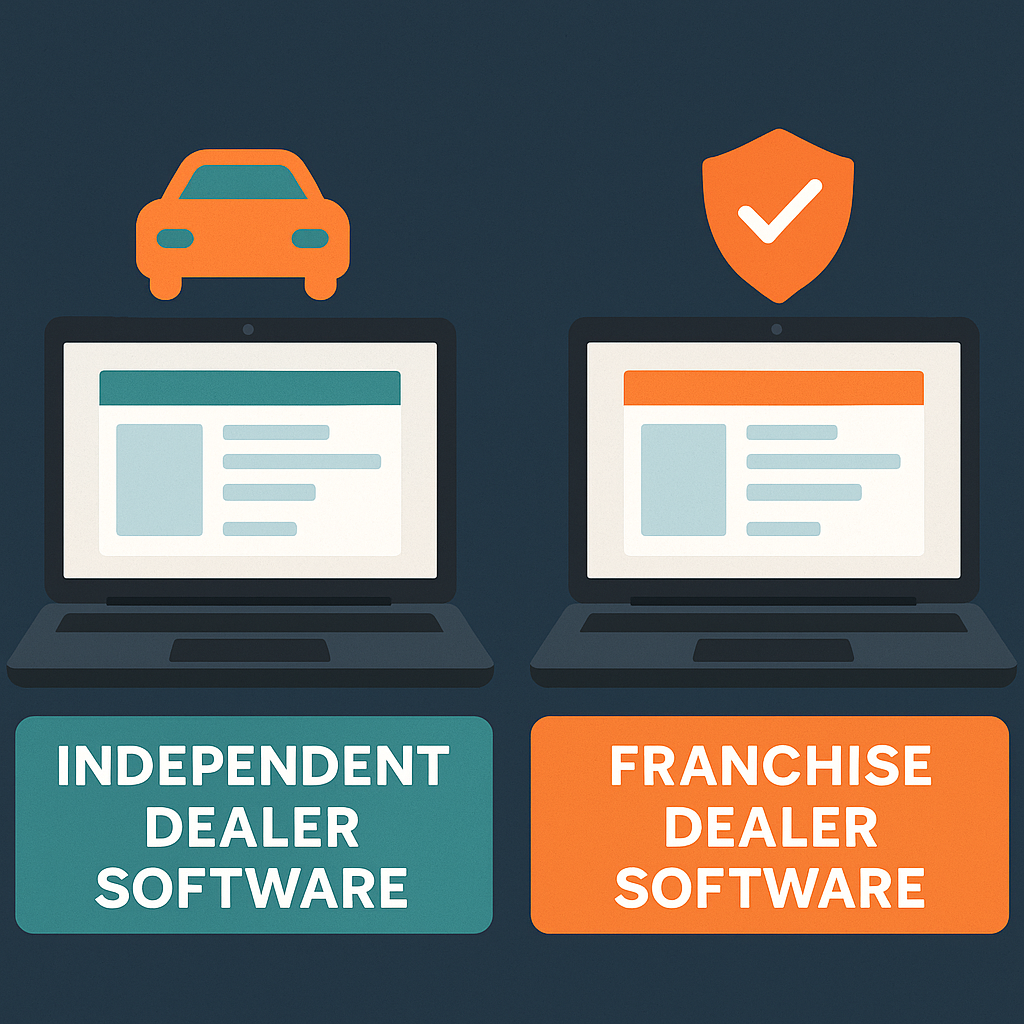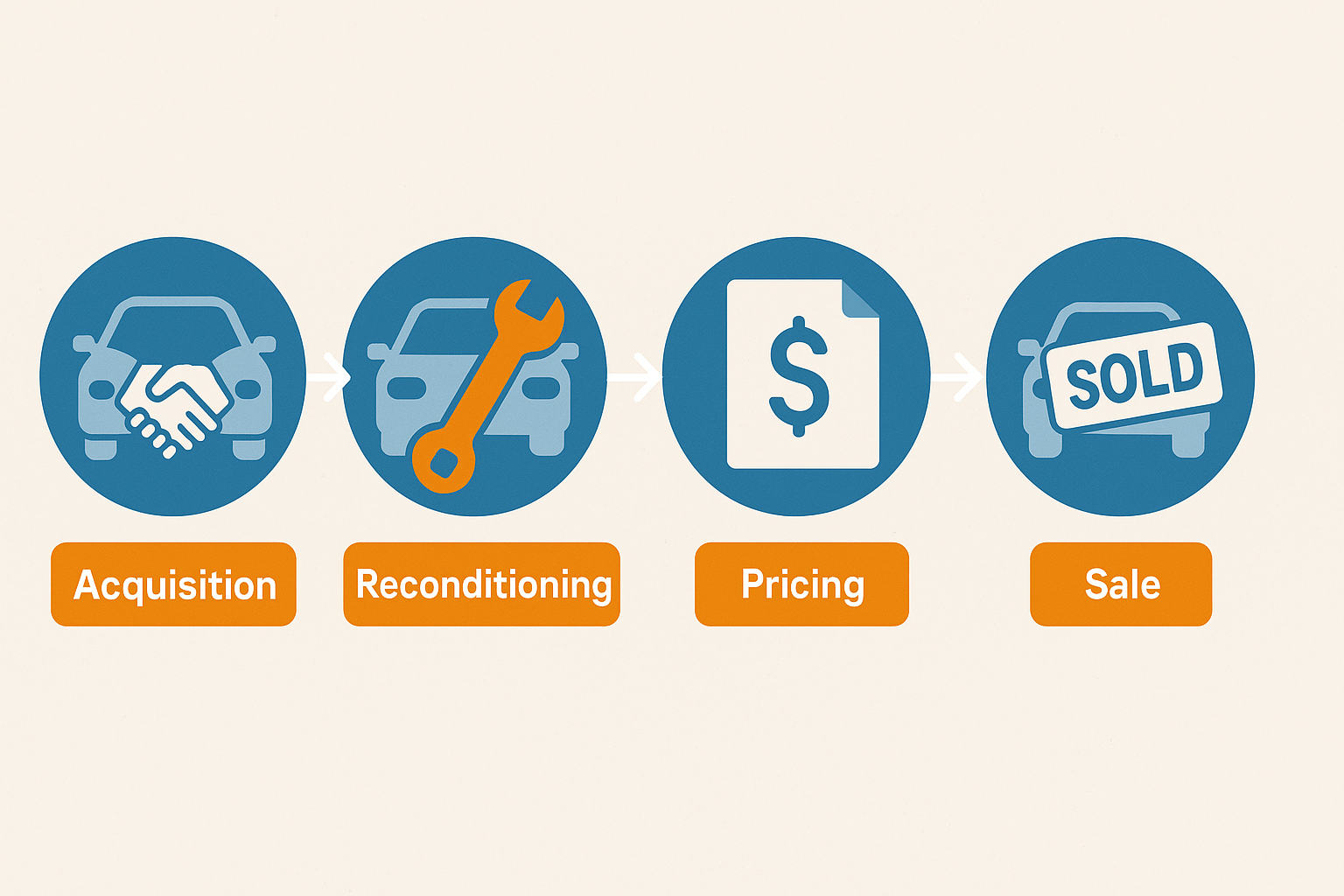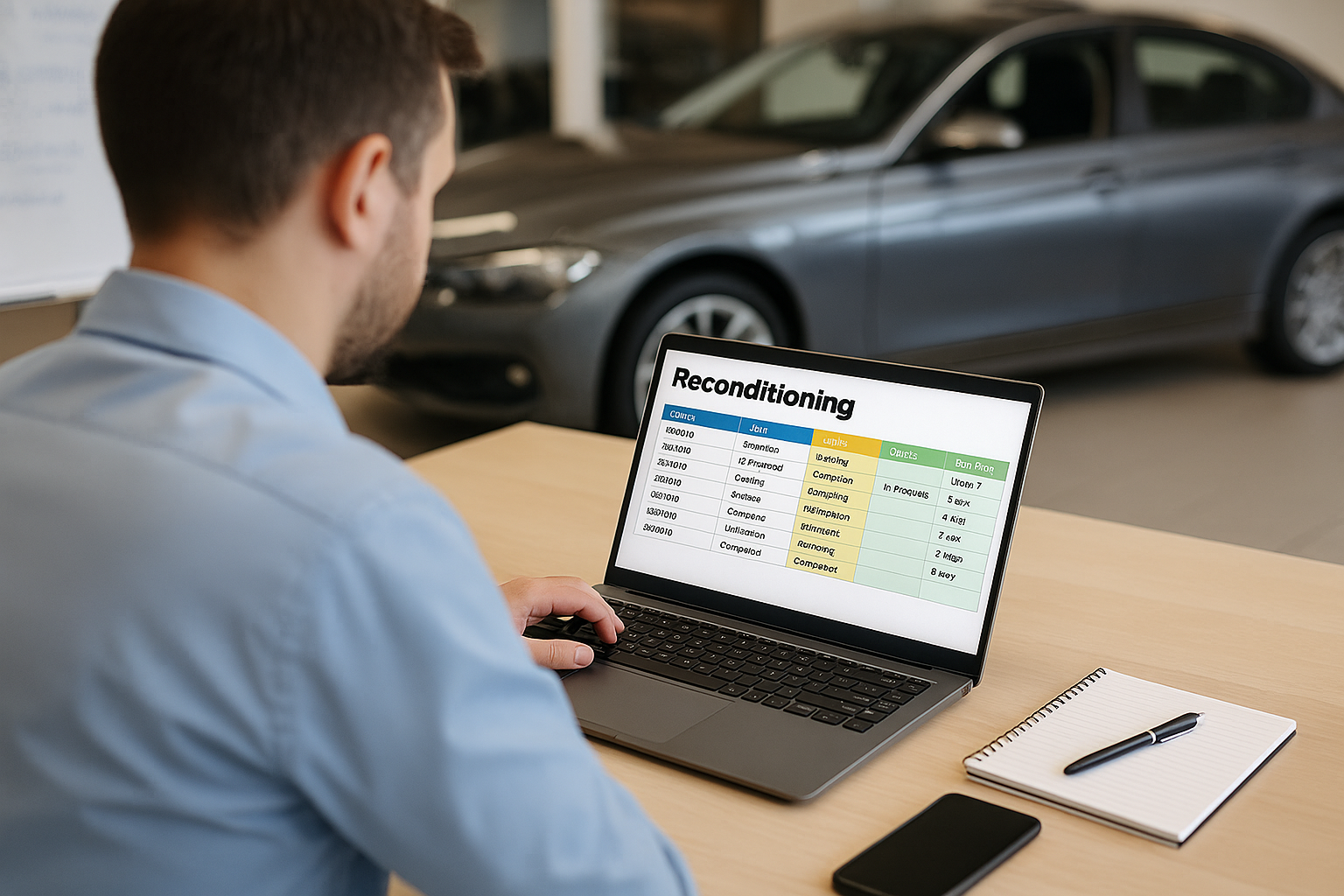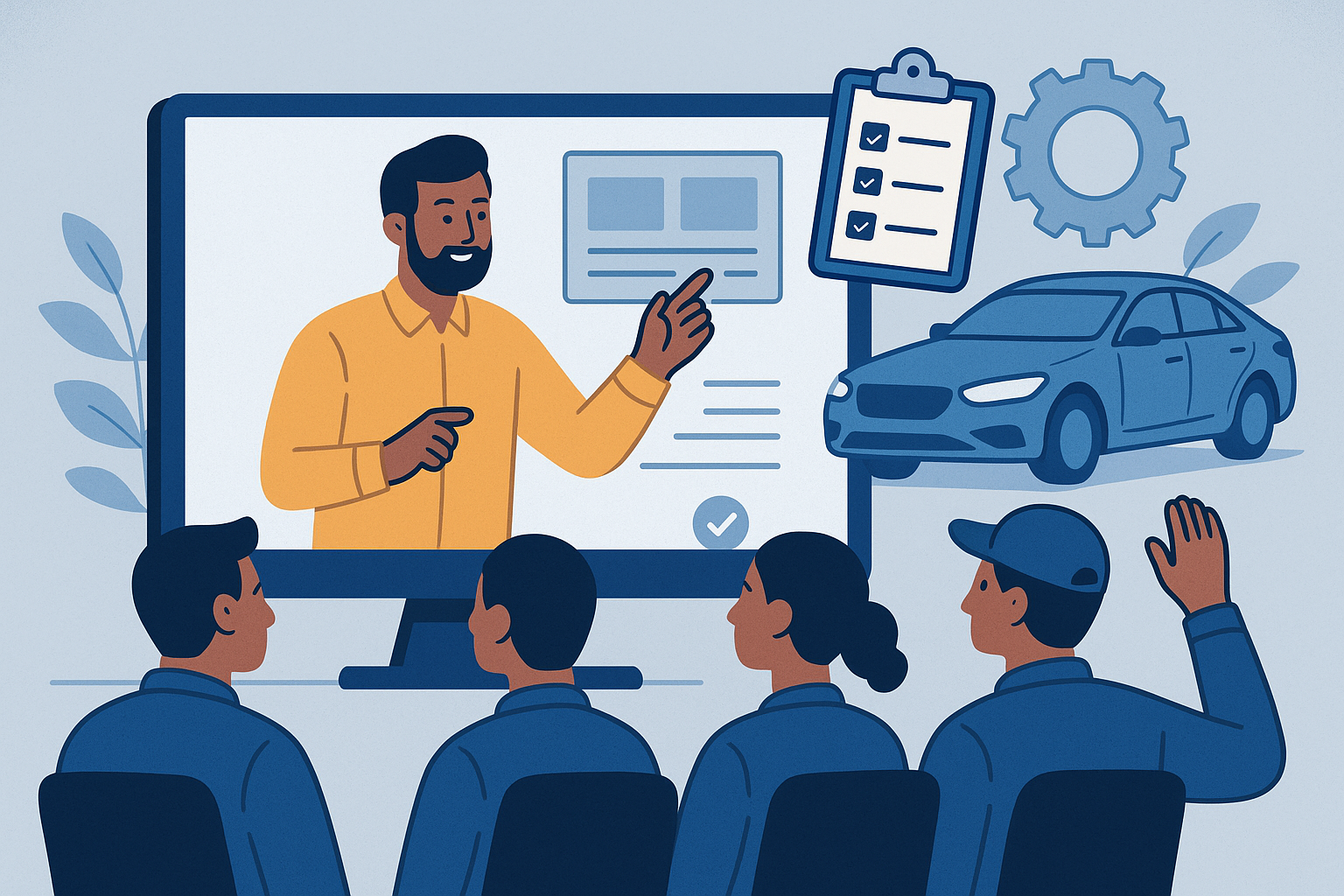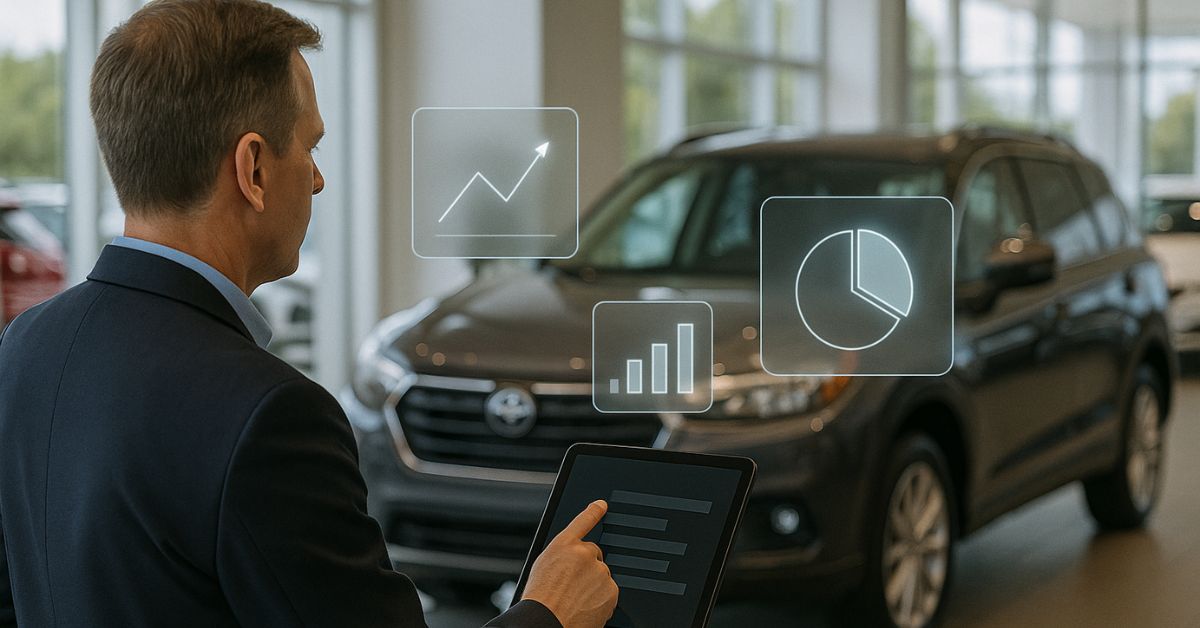The used car market in 2025 is facing new challenges and opportunities as interest rates and inflation continue to shape consumer behavior, dealership strategies, and vehicle affordability. With the Federal Reserve adjusting rates in response to economic trends, car buyers and dealers alike are adapting to shifting market conditions.
In this article, we’ll explore how rising (or falling) interest rates and inflation are influencing used car sales, financing, and pricing—and what dealerships can do to stay ahead.
How Interest Rates Affect Used Car Sales
Interest rates directly impact car buyers’ ability to secure financing, which in turn affects used car demand. Here’s how:
1. Higher Interest Rates = Higher Monthly Payments
When interest rates rise, monthly auto loan payments increase. This makes it more expensive for consumers to finance a used car, leading some buyers to delay purchases or opt for lower-priced vehicles.
- Impact on Dealers: Higher rates may slow down sales volume, especially for buyers with lower credit scores. Dealers may need to offer more competitive financing options or emphasize cash deals.
2. Lower Interest Rates = Increased Buying Power
If interest rates drop in 2025, it could spark increased demand for used cars as financing becomes more affordable. Buyers may stretch their budgets, leading to higher transaction prices.
- Opportunity for Dealers: Lower rates could drive more financing-based sales, boosting demand for vehicles with longer loan terms and certified pre-owned (CPO) models.
3. Dealer Floor Plan Costs Are Affected Too
Interest rates don’t just impact consumers—they also affect dealer floor plan financing. Higher rates increase the cost for dealerships to hold inventory, leading some dealers to keep fewer cars on the lot or focus on faster-turning vehicles.
- Strategic Move: Dealers may shift toward pricing strategies that favor quicker turnover or explore alternative sourcing methods like private-party acquisitions and auctions.
The Role of Inflation in Used Car Pricing
Inflation plays a significant role in determining vehicle prices, operational costs, and consumer confidence. Here’s how inflation is influencing the used car market in 2025:
1. Vehicle Prices May Stay Elevated
Although the record-breaking price hikes of 2021-2023 have moderated, inflation can still keep used car prices higher than pre-pandemic levels. Factors like supply chain disruptions and new car production rates continue to influence the market.
- For Dealers: Pricing analytics and market reports are more important than ever. Tools like Carketa’s Dealer Analytics help dealers make data-driven pricing decisions.
2. Rising Cost of Living Affects Buyer Decisions
Inflation impacts consumer budgets beyond just car purchases. With higher costs for essentials like housing, food, and fuel, some buyers may prioritize affordability over luxury.
- Dealer Takeaway: Demand may shift toward fuel-efficient vehicles, budget-friendly sedans, and older models with lower price tags.
3. Trade-In Values Are Volatile
As inflation affects car depreciation rates, trade-in values can fluctuate more than usual. Buyers who purchased vehicles at inflated prices in previous years may find that their cars are worth less than expected when trading in.
- What This Means for Dealers: Transparent appraisal tools and market-based pricing are crucial. Dealers using advanced appraisal solutions can better educate customers and close deals with competitive trade-in offers.
What Dealers Can Do to Adapt
- Leverage Market Data: Using real-time pricing and demand insights, dealers can adjust pricing strategies to remain competitive.
- Offer Creative Financing Solutions: Partnering with lenders for flexible loan options can help buyers navigate higher interest rates.
- Focus on High-Demand Vehicles: Stocking fuel-efficient, affordable, and fast-moving vehicles can help sustain profitability.
- Educate Customers: Providing clear explanations of financing options, interest rate impacts, and trade-in value trends can build trust and drive sales.
Final Thoughts
Interest rates and inflation will continue to influence the used car market in 2025. Dealers who stay ahead by leveraging data-driven insights, optimizing inventory, and offering competitive financing options will be best positioned for success.
By understanding these economic factors and adapting strategies accordingly, dealerships can turn challenges into opportunities and maintain strong sales in a fluctuating market.

